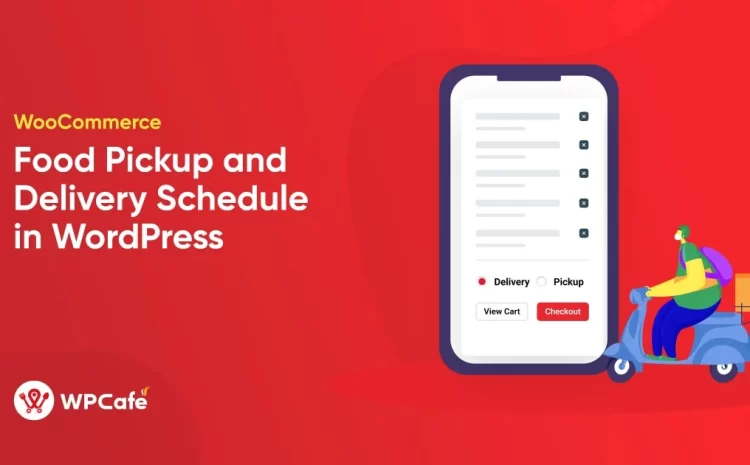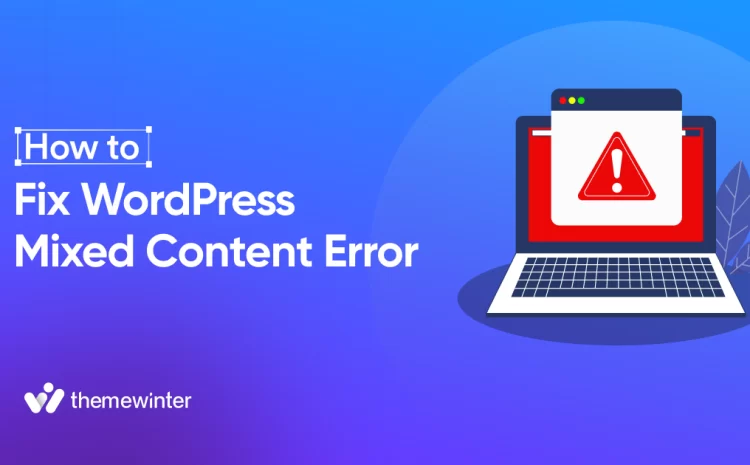Event Planning Checklist: 10 Steps to Plan a Successful Event
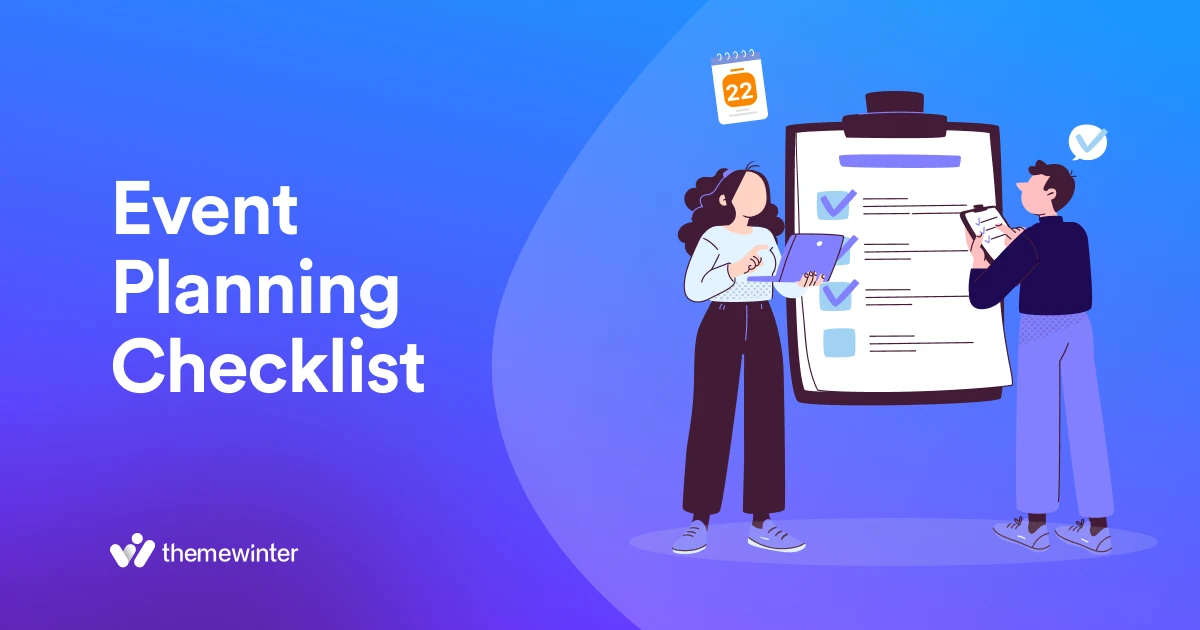
Table of Contents
Have you ever imagined launching an event that leaves your guests delighted?
Whether you’re a seasoned event planner or just an event manager, a solid event planning checklist is undoubtedly a golden ticket to event success.
This article will help you become a practical event planner by outlining three key stages for planning a successful event and providing a 10-step checklist for a quick jump.
The three stages will be a roadmap pre-event, on-day, and post-event—that means you can stay on track, organized, and prepared to manage your events successfully.
Let’s start with an important question!
What Does an Event Planning Checklist Include?
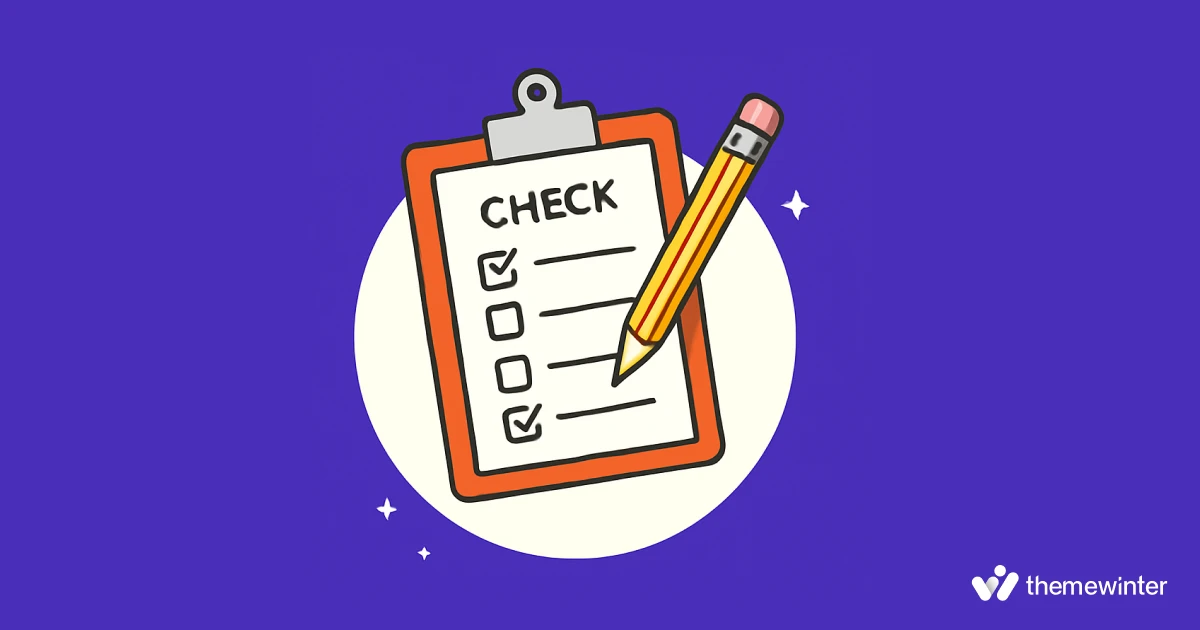
Think of your event checklist as a roadmap, as it outlines all the necessary stages and tasks you will meet to execute your events.
An event checklist essentially serves as a roadmap to ensure that all crucial steps are taken to execute an event effectively. The checklist covers everything from planning event goals and managing logistics to promoting events on social media and sharing feedback from event attendees.
Here are the key items you should consider in your event planning checklist:
Event Goals & Objectives
Set a clear purpose for your events and write down the objectives. What is the event about? Brand awareness? Lead Generation? Event conversion?
Defining clear objectives and goals for your event is as important as executing them because a ship without a compass sails nowhere.
Target Audience
Now comes the next question of clarity. Who is your target audience? What is their buyer persona? What do they like about or look for in an event? What benefit can they get from your event?
Having clarity over your understanding of the target audience and their demographics, behaviour, and interests will help you create a fantastic event.
Budget Planning
Now, the budget comes in—the most crucial key item in our event planning checklist.
This is where you calculate the fixed and variable costs and gather funds for the event venue, marketing promotions, logistics, food, rentals, etc., as well as all the expenses, and make sure the math brings the net profit.
Event Venue
When choosing the ideal venue, consider factors like location, capacity, accessibility, amenities, and ambience.
It’s essential to figure out the venue of your event. Before that, it’s best to determine the nature of the event, such as whether it should be live or virtual.
This is important because the nature of your event and the operations to execute it will be pretty different based on whether it’s an online or offline event. That would impact your budget, promotional activities, event setup, and more.
Logistics & Event Scheduling
Once the event venue is finalised, it’s important to add the logistics and event scheduling process to the event checklist.
This part will cover the event premises, setting up event vendors, managing the food vendors, running the booking process (whether manually or online), and communicating with potential event attendees with queries about the event.
Marketing & Promotion
Right before the event arrives, you must include an event marketing strategy in event planning to attract more attendees and boost event conversion.
This is where you devise a marketing plan to create hype-buzz on the market and build more interest among your target audience. Now, you can use different channels such as live chat, social media, PPC advertising, email marketing, and other marketing tools.
On-the-Day Management
Plan for everything from staff roles and responsibilities to contingency plans for unexpected situations. This is where you add the necessary components to the event checklist to ensure the execution of the “day of the event” is as perfect as you planned.
Set out the communication and keep every small department ready to engage, such as event team members, speakers, food vendors, logistics suppliers, the event timeframe, and finally, the event itself.
Post-Event Follow-Up
The event planning checklist ends with what you’re going to do after the event is over. How was the attendee’s experience? How was the program? Is there anything they would like to share as feedback?
This is where you conduct post-event follow-ups with attendees to provide a personalized experience while gathering feedback to analyze and improve your event for next time.

Event Planning Checklist Summary: 10 Steps to Plan an Event (For short-timers)
In case you don’t have much time to read through this entire blog, here’s an event checklist summary of what you should do while planning an event.
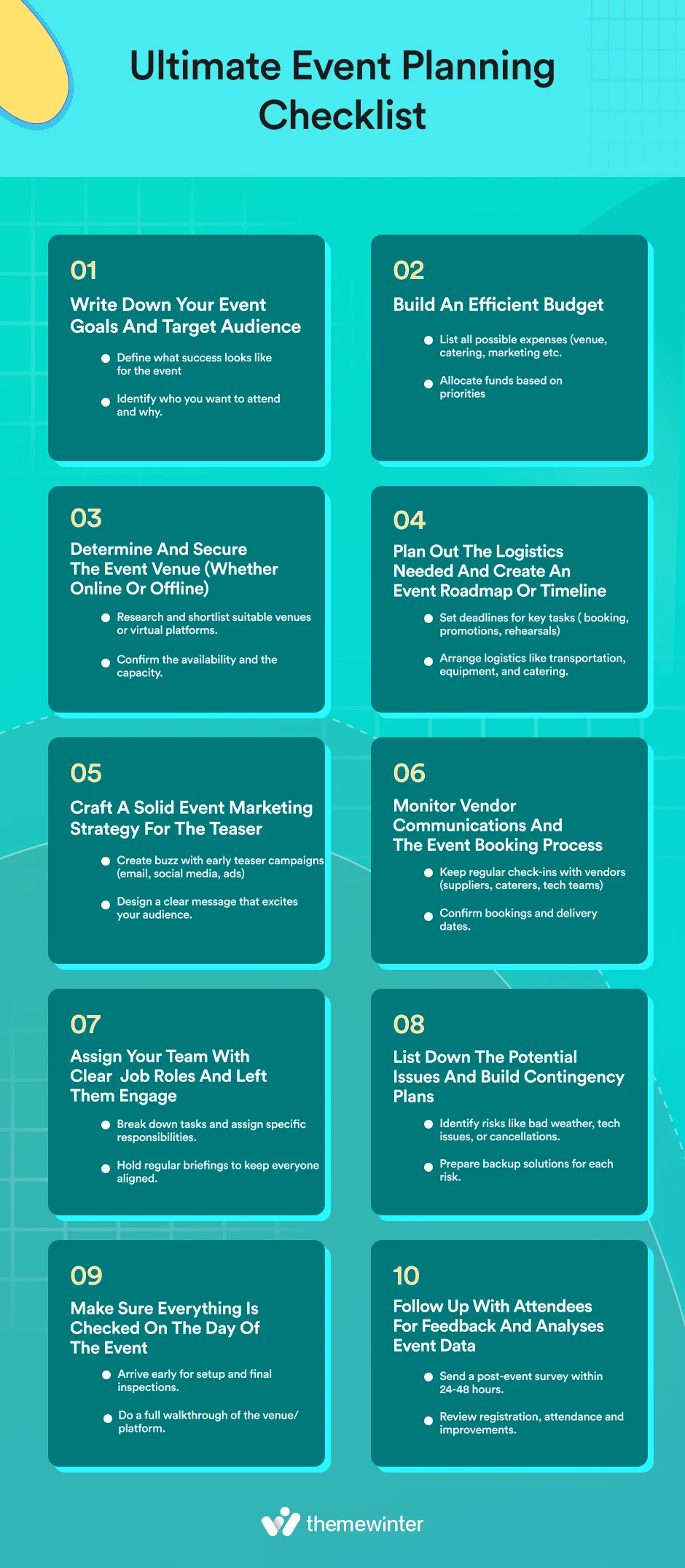
Now, let’s get ahead into each stage of the event planning process, using our handy event checklist as a guide:
Pre-Event Planning Checklist
Before the event takes place, there’s a lot to organize. These early steps help everything come together later on.
1. Write Down Your Event Goals and Target Audience
First, sit down with a small list of questions to get you started. You might want to ask yourself the following questions:
- What is the purpose of this event?
- How will it impact the brand awareness?
- Should the goal be event conversion?
- How many leads will I target to generate for this event?
- What will be the main agenda for this event?
- Who is my target audience?
- What are their demographics, professions, and interests?
- What are their pain points and problems that our event is likely to solve?
- Are they likely to go for an upsell during the event?
- What brand message am I supposed to convey throughout the event?
If you can set a clear, innovative, and measurable goal for the event, knowing who your target audience is and how you’re willing to convert them, then the battle is already half won.
This checklist of data-driven decisions will likely lead to better decisions in other areas of event management, such as refining event marketing strategy, handling logistics, or the event booking process.
2. Build an efficient Event Budget
Budget is half event planning –says a wise man (forgot who, though).
Even though it’s a bit stressful, event budgeting is the most exciting part of event planning, whether you’re a professional or a beginner in financial management.
Event budgeting helps you set realistic financial expenses from A to Z. That means you can list out the expected event costs, such as renting a venue, setting up booths for event booking, tending to food catering, producing swags and gifts for the attendees, setting up equipment and stages, assigning and remunerating employees, spending on marketing logistics, etc.
However, there will always be signs of unexpected events that might incur unexpected or hidden costs. You have to leave room for these costs; otherwise, you might end up short on budget on the event day.
💡 Pro Tip for Event Managers Hosting Events Online:
Try to use free or budget-friendly plugins available in the WordPress library to manage specific aspects of your event, such as Eventin for event registration, ticketing, and attendee communication.
3. Determine and secure the event venue (whether online or offline)
Selecting your event venue is the third step in pre-event planning. Wherever you want to launch an event influences your entire event management operation.
However, first, you need to decide the nature of the event. Is it an online event? A Webinar Conference? Or is it just an offline event held at a particular location?
Once you decide which it will be, you’ll be able to proceed with your event planning accordingly. If it’s an online event, most of the operations will be handled in the cloud, including management tasks such as arranging food stalls and setting up event booths.
However, you’ll need to manage speakers and organizers, as well as monitor your event teams, which are deployed to various tasks. Using an event registration and management plugin, such as those available for WordPress, will do half the job.
If it’s an offline event, you might have to consider the following questions on the checklist:
- Is the event location accessible to the event attendees?
- Does the event premise align with the event’s theme and atmosphere?
- Does it have the capacity to accommodate the expected number of attendees?
- Is it suitable for managers to access food and marketing logistics from the vendors?
- Does it offer necessary amenities, such as catering, AV setup, sound system, and dining arrangements?
- Does it offer exceptional amenities for patients with disabilities?
Just like the questions above, list the checklist questions you need to ask to select the perfect event venue. The venue should be conveniently located near your attendees, with sufficient logistics and catering support, have a spacious capacity, and offer amenities that benefit the event attendees.
The better the event venue is, the higher the brand impression will be.
4. Plan out the logistics needed and create an event roadmap or timeline
Now it’s time to work with logistics and vendors who will bring about the main dish of the event. Once you’ve done planning for the vendors, you will be able to secure a great brand impression for the event attendees, as they will gain valuable experience from every aspect, and vendors are one of them.
Here are a few things to add to your event planning checklist when it comes to logistics:
- Secure Necessary Event Permits: Check if your event requires permits or licenses from local authorities. This may include noise permits, liquor licenses, or approvals from the health department.
- Book Vendors: From caterers and entertainment to photographers and event rentals, secure your vendors well in advance. Read reviews, compare quotes, and ensure they align with your event’s vision and objectives.
- Create a Detailed Event Timeline: Break down your event into manageable segments, assigning specific tasks and deadlines to each segment. Utilize a project management tool or spreadsheet to track progress effectively.
5. Craft a solid event marketing strategy for the teaser
An effective marketing strategy can sell a successful event before it even starts. That’s why creating an event marketing plan that resonates with your target audience is a crucial step in the pre-event planning process.
Here are some key marketing strategies to consider:
- Social Media Marketing: Leverage platforms like Facebook, Instagram, Twitter, and LinkedIn to create engaging content, share event details, and build anticipation.
- Email Marketing: Build an email list and send targeted campaigns to invite potential attendees and provide event updates.
- Event Website or Landing Page: Create a dedicated platform for event information, registration, and ticketing. Consider using WordPress to build a professional-looking website.
- Public Relations: Reach out to media outlets to generate press coverage and increase event visibility.
- Partnerships and Collaborations: Partner with complementary businesses or organizations to expand your reach and attract a wider audience.
6. Finalize Vendor Contracts and Bookings
Once you’ve selected your vendors, it’s time to finalize contracts and secure their services. Clearly outline the scope of work, payment terms, and any specific requirements. Consider using a contract template to streamline the process.
7. Assemble Your Event Team
Delegate tasks and responsibilities to create a well-oiled event machine. Clearly define roles, expectations, and communication channels to ensure effective collaboration. Consider involving volunteers to assist with various tasks.
8. Create a Contingency Plan
Even the best-laid plans can go awry. Develop a contingency plan to address potential challenges that may arise. Consider scenarios such as equipment failures, adverse weather conditions, or unexpected guest numbers.
9. Design Event Materials
Create visually appealing materials that reflect your event’s branding. This includes invitations, signage, brochures, and any promotional items.
10. Manage Attendee Registration
Set up a user-friendly registration process. Consider using an event management platform like Eventin to streamline the process and collect valuable attendee data.
On-Day Event Planning Checklist
On the day of the event, it’s about making sure things run as expected and executing your event plan, just like you did your part on the event checklist. If you’re ready, now here’s what to focus on:
- Arrive Early: Give yourself ample time to set up and prepare for the event’s start.
- Delegate Tasks: Ensure your team knows their roles and responsibilities.
- Manage On-Site Logistics: Handle guest arrivals, registration, and seating arrangements smoothly.
- Monitor Event Flow: Ensure the event adheres to the timeline and that activities flow seamlessly.
- Figure out the unexpected Issues: Be prepared to handle any unexpected challenges that may arise.
- Capture Moments on the Event: Hire a professional photographer or designate someone to capture event highlights. You can easily do this during the pre-event planning to get ahead of one task.
Post-Event Planning Checklist
After the event is done, there are still a few things to take care of. That includes collecting feedback, checking how things went, and handling any follow-ups. Take the time to evaluate the event’s success and gather valuable insights for future improvements.
- Thank Attendees: Send personalized thank-you notes or emails to express your gratitude.
- Gather Feedback: Distribute post-event surveys to collect attendee feedback on various aspects of the event.
- Analyze Event Data: Review attendance numbers, sales figures, and social media engagement to measure the event’s impact.
- Learn and Improve: Identify areas for improvement and implement changes for future events.
📌 Goodreads: How to Start an Event Planning Business: 7 Easy Steps to Follow – Read more
The Event Registration Plugin You Need for Great Event Planning
Whether you’re going to plan for a live or virtual event, there are a lot of WordPress event manager plugins you can use to automate most of the event tasks and planning.
Especially in event planning, there is a dire need to create event floor maps, which can benefit from a WordPress event manager plugin called “Eventin”.
Eventin is a powerful WordPress event manager plugin designed to automate your event registration, event tickets, and management. With features such as event creation, ticket management, attendee registration, and payment processing, Eventin makes the tasks of event organization and planning easier.
Conclusion
Managing an event planning checklist is fun because it reduces stress and allows for creativity to build your dream virtual event. So we’ve made this simple event planning checklist with love, so you can start as a beginner and end up as a successful event manager.
I hope your next big event will be even better, and it will be even more successful if you try using the Eventin WordPress event manager plugin.
